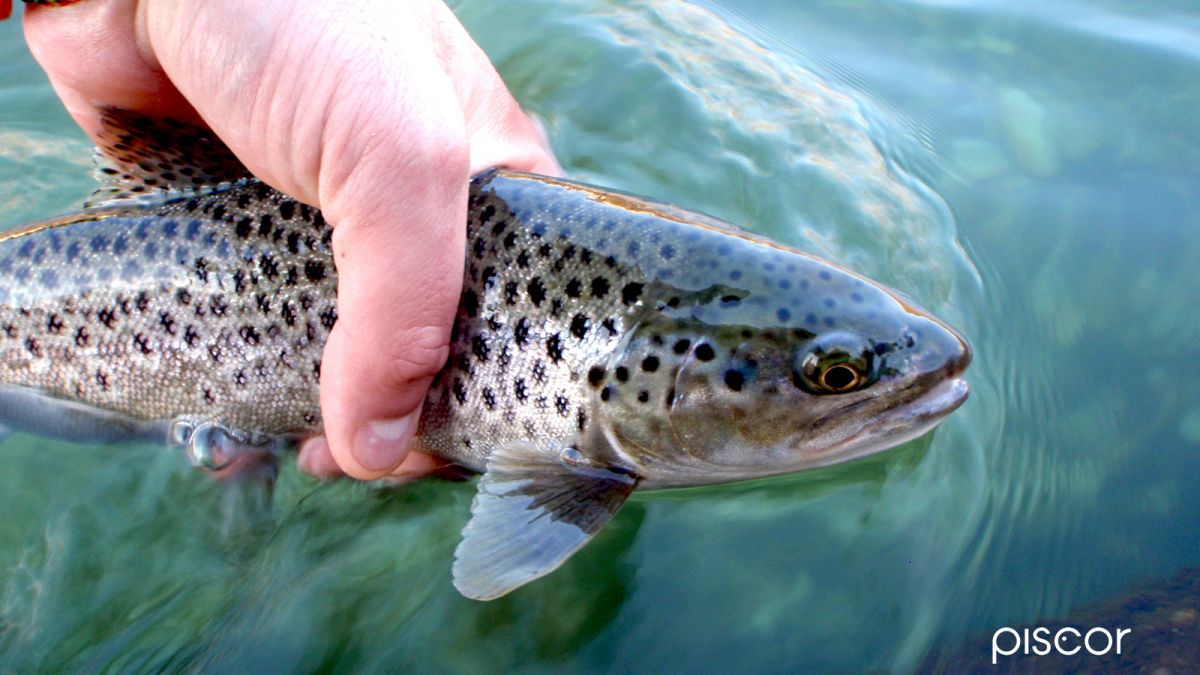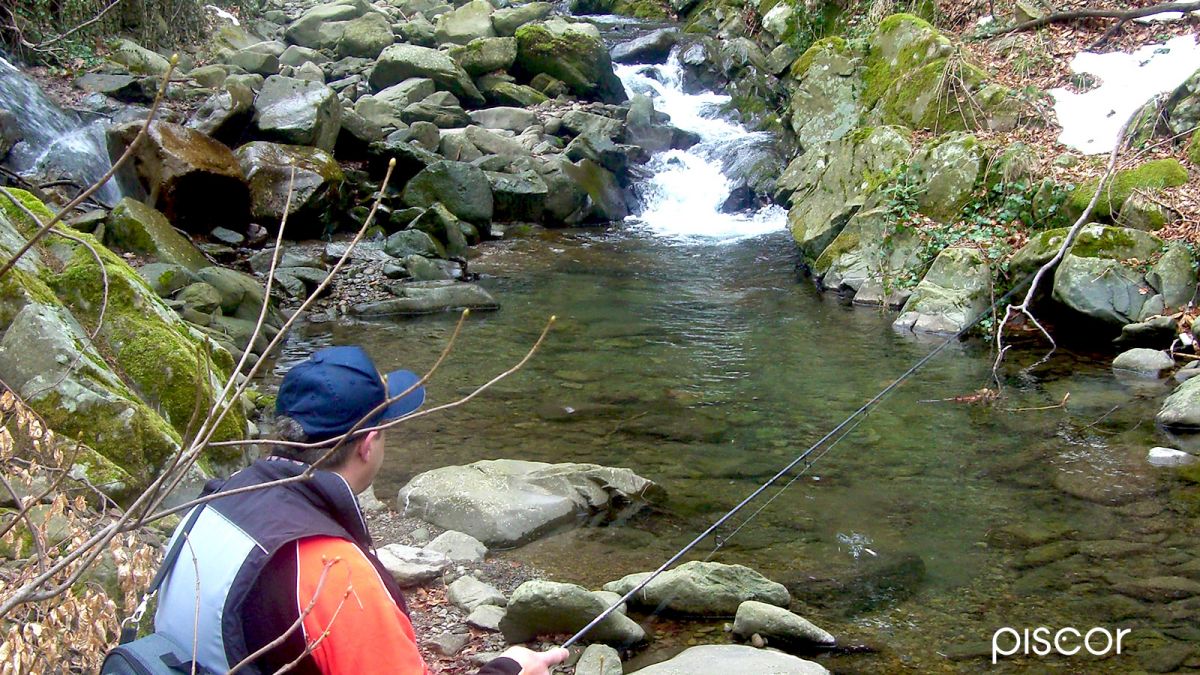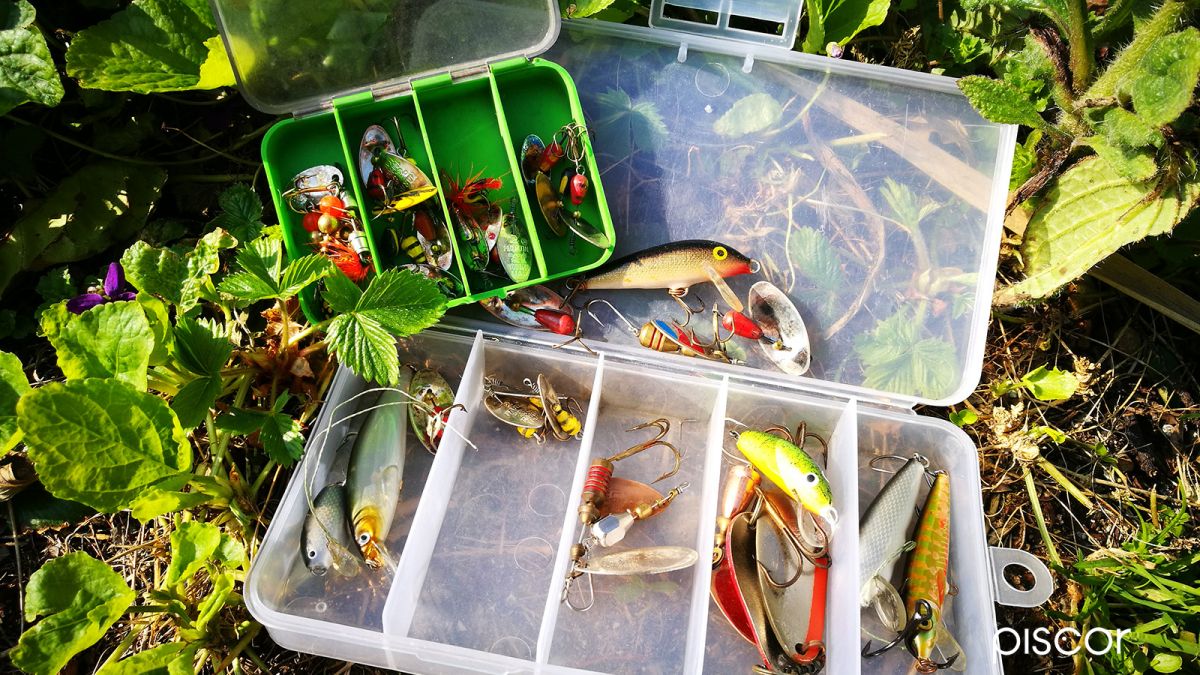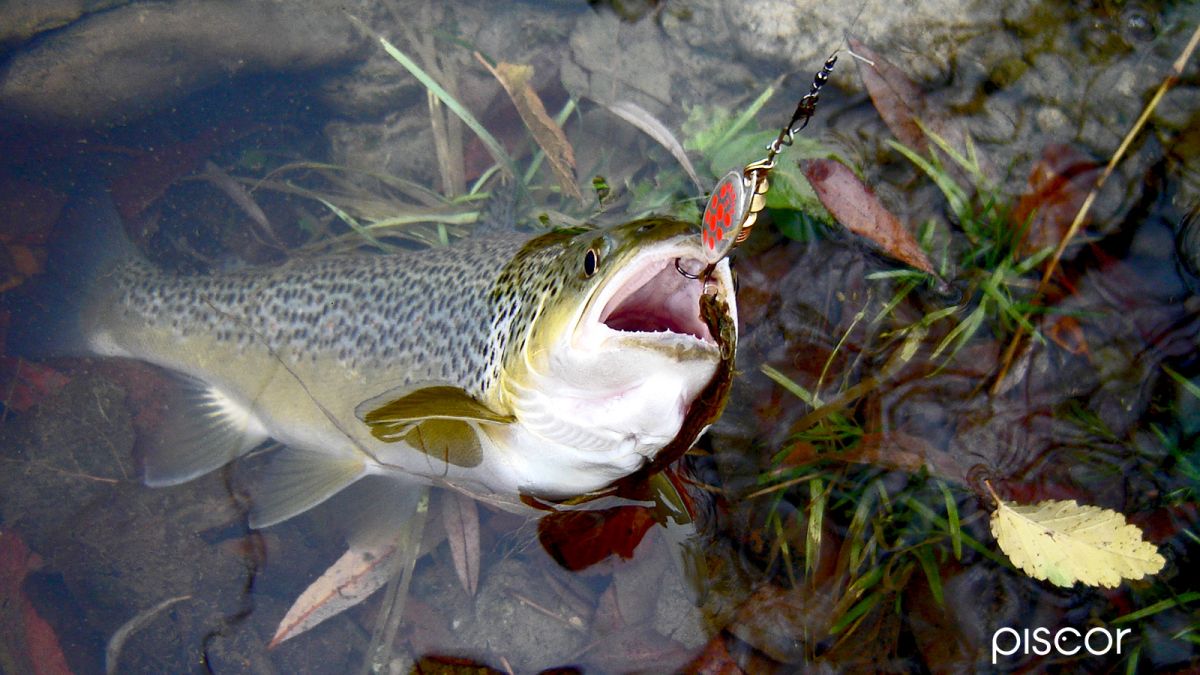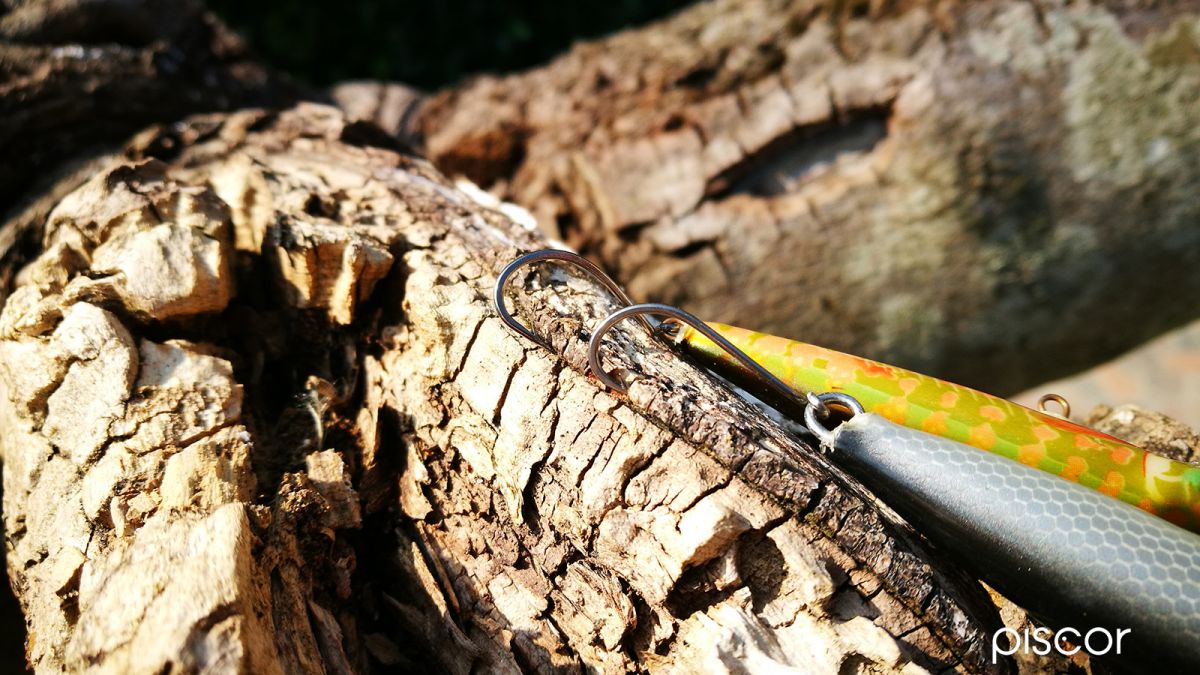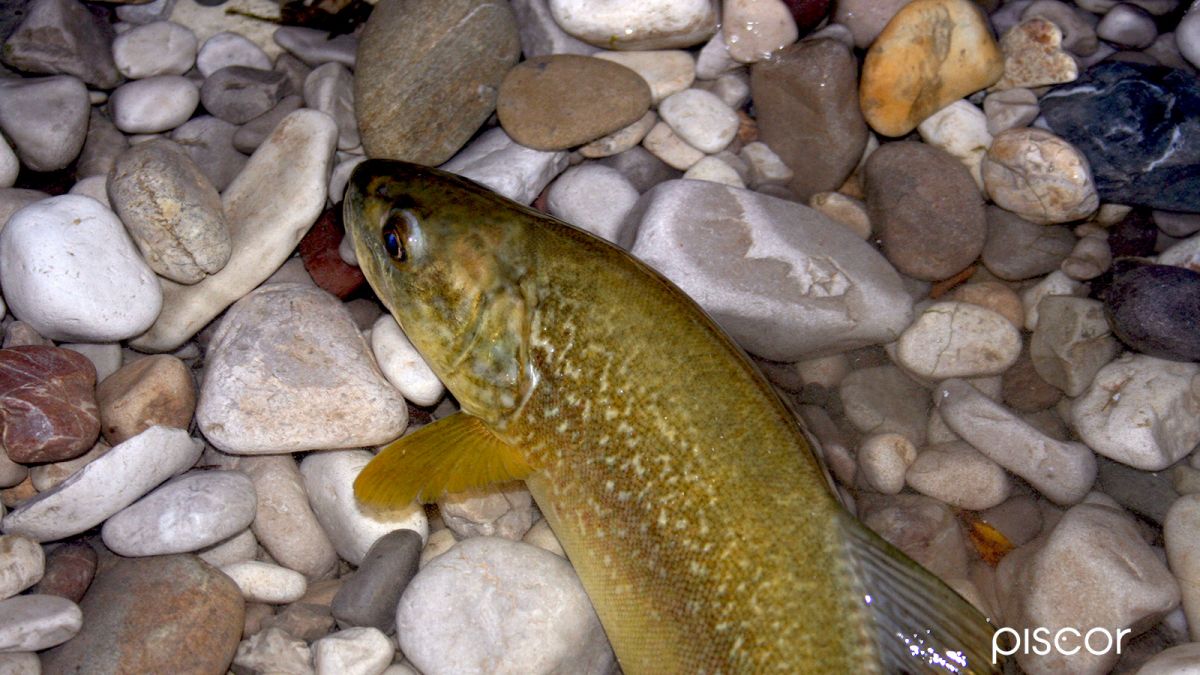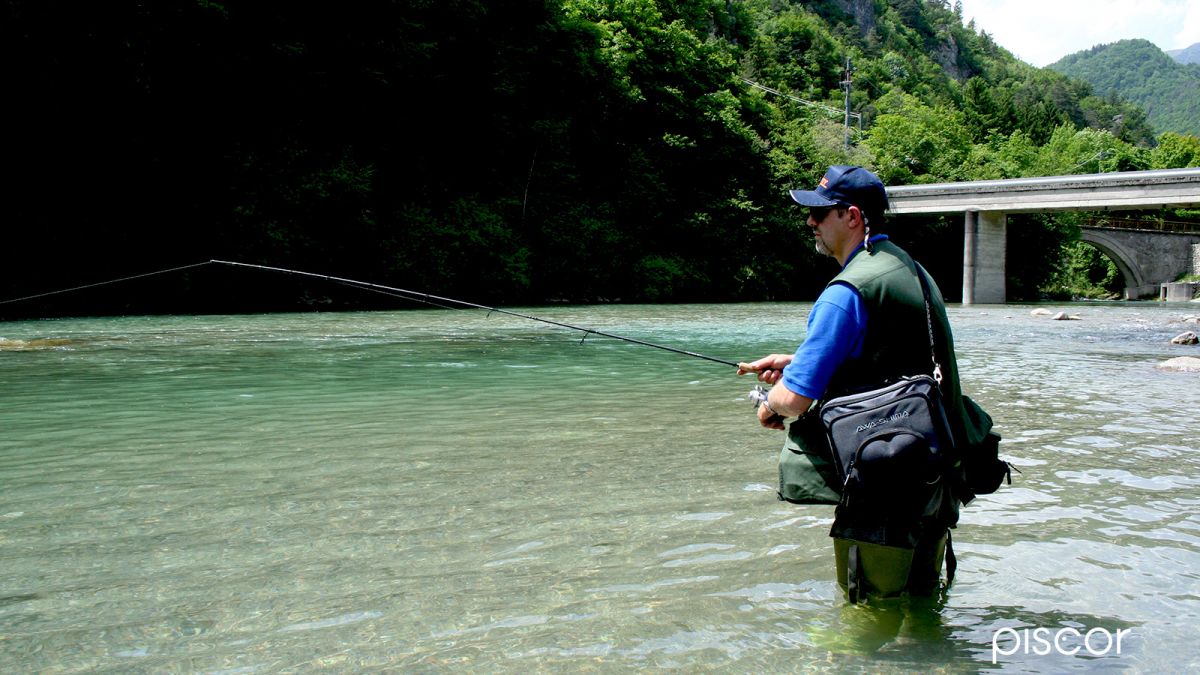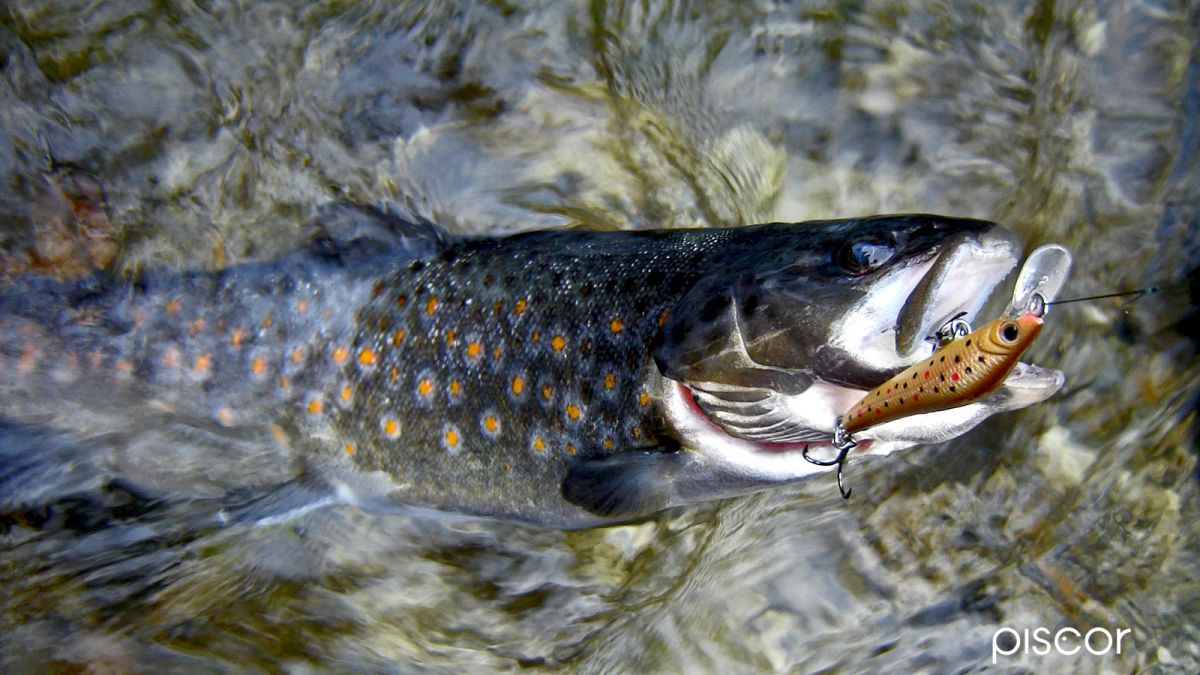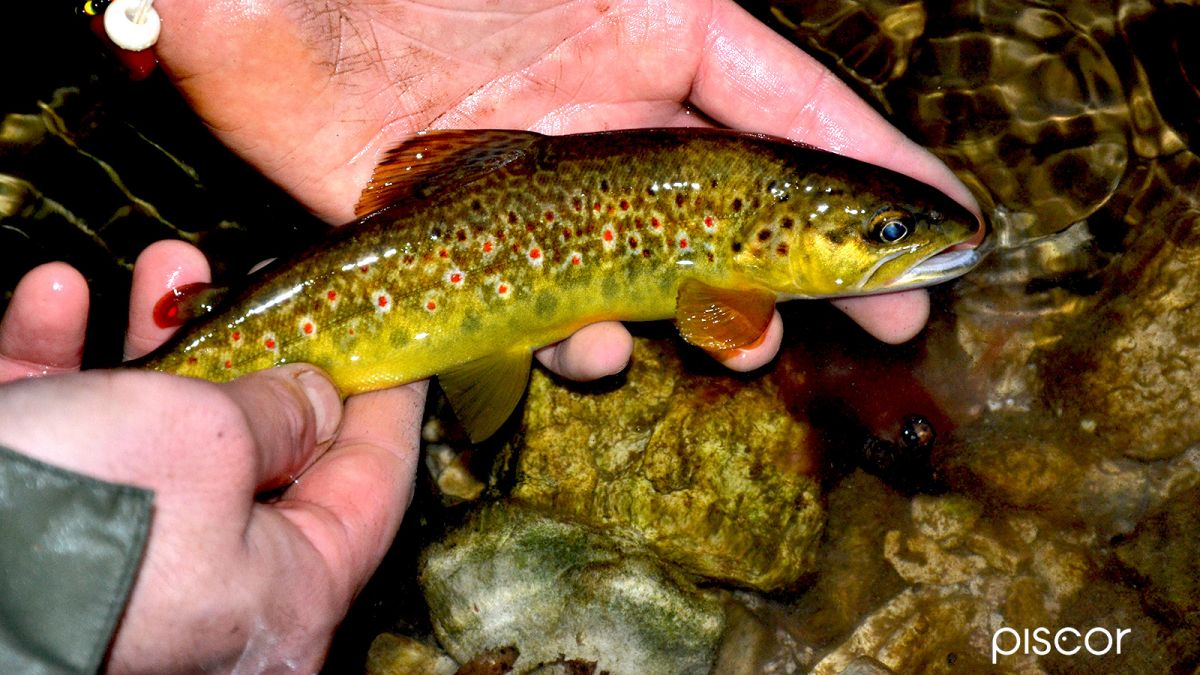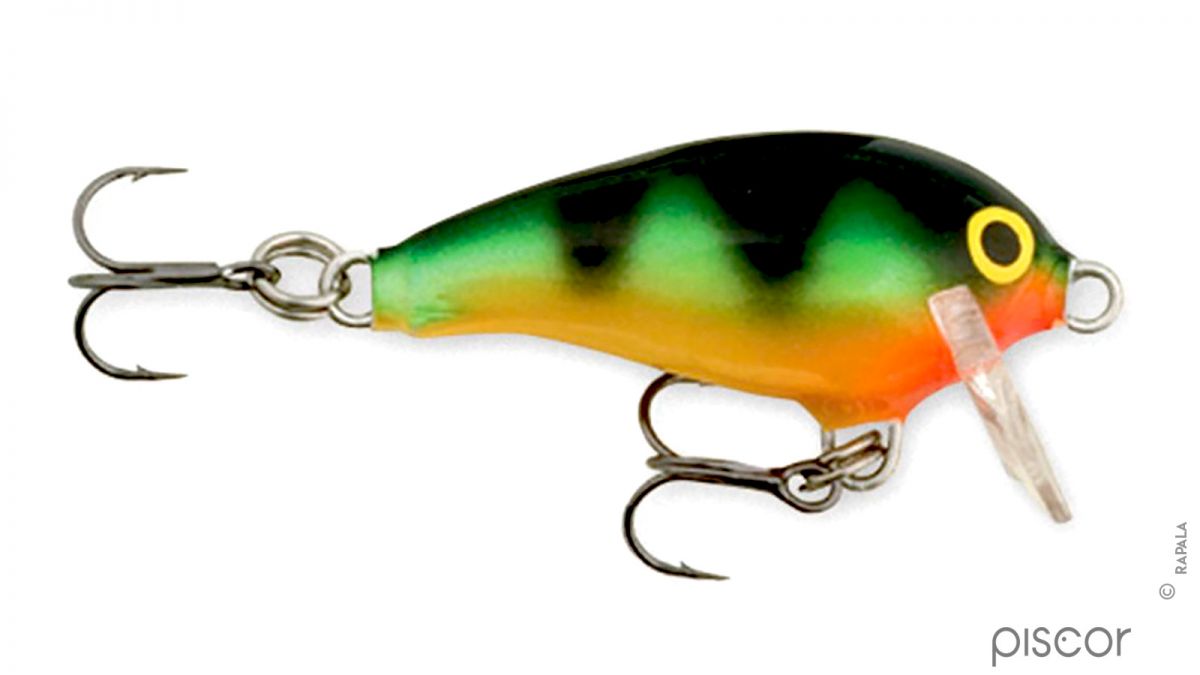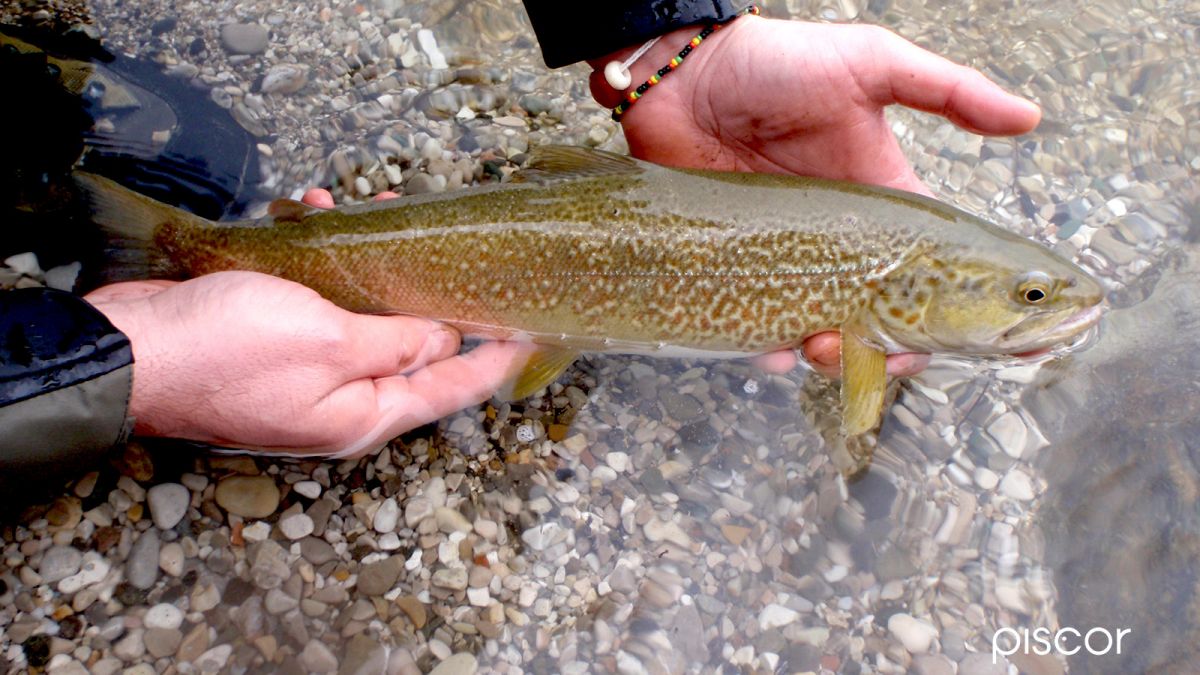Spinning fishing can give very important catches, both from the point of view of quality and from the purely emotional and weight. The period is not the best, the temperatures are still too cold and the few hours of sunshine that heat the day regulate an activity of salmonids relegated to very short windows and ephemeral.
However, the fisherman who loves this type of fishing is not waiting for us and then grabs his trusty spinning rod and, dressed up, looks at his usual places of fishing making reflections and then choices.
There are basically two fishing environments to choose from: the high mountain stream or the valley floor. Two spots with different characteristics and emotions.
MOUNTAIN STREAM
We are at an altitude of at least one thousand meters above sea level. In this context we can still encounter the snow that will persist until late spring. We have before our eyes the magic of nature that is renewed from year to year.
The forest still sleeps quietly, the water of the stream is often equal to the melted ice, and even the trout are nice still. Here we will meet the quality, very rustic fish that even if modest in size will make us shine the eyes with their fantastic colors. As bait to use, at this precise moment of the season, give the green light to the classic rotating fish with wide paddle, then Mepps of the n. 2-3 that rotate at the minimum turn of the crank of the reel impressing good vibrations and enticing, then some trout to bite.
Alternatively, minnows and baits made of silicone (shads, worms, etc..) may be equally captivating, perhaps preferring the latter, which can give you the opportunity to stay in the strike area for a longer time, allowing you to bring to the attack even trout holed up in the recesses of the bottom. As for the chromatic aspect, I would recommend baits with natural colors, which are well suited to clear and shallow waters that are usually encountered on the opening date, preferring dark colors in clear waters and relegating those from the brightest shades in opaline or veiled waters.
What is a rotating?
We mentioned just above this artificial that has made the history of spinning fishing in still and running water. Actually it does not imitate anything in particular, but thanks to its vibrations imprinted in the water by the shovel, it stimulates the lateral line of the predators and the consequent attack.
We can find various colors both for the paddle and the body of the rotor itself. The best for fishing wild trout in the high mountains are certainly those with colors not very bright, so the go-ahead to palette with silvery colors, maybe even not very bright and bodies tending to yellow or dark red. Excellent also those with black colors especially in conditions of little water and very clear.
Single hook or small hooks?
The artificial metal, rotating, has its origins in ancient times, where fishing was a less sporty practice than in modern times, so everything revolved around the capture of fish.
Not that today is different, it is obvious that you go fishing to catch fish, but for fun, therefore, the modern spinning fisherman has a very high ethics of protecting the fish and the environment. Here the anchor is replaced by the single hook to make it much more sporty and less harmful to the fish that attacks the artificial.
A fish that attacks an artificial with anchor or more anchor as in the case of minnow, can suffer damage to the mouthparts on the contrary with the single hook, perhaps deprived of the barb, the fish will certainly not suffer any damage. Therefore, it is advisable to modify the artificial ones by replacing the anchor with the single hook without the barb.
How to recover a rotating
Fishing under running water the difficulties are there. We are dealing with the current of the river, which can be more or less accentuated; this depends on the levels. We throw the artificial upstream of the hot spot and with the movement of rod and reel, dosing the recovery, we try to pass the imitation where we think there is the fish in the hunt.
We have to be very careful about the "dead spots" all those water turns behind boulders or submerged obstacles that brake the current. In that case the recovery will have to be faster and also the rod will have to move parallel to the watercourse in a more sudden way so as to give the rotary inaccurate clicks to entice the trout to attack the same.
Valley
Compared to the mountain stream, the stream at the bottom of the valley has a different morphology, it has more linear stretches, a wider riverbed, where holes and currents alternate with more or less long and deep blades of water.
Here we will find trout of various types: brown trout, marbled trout, hybrids of the two species and some rainbow trout escaped the races of the previous year. Also the size of the same changes, with trout which can reach even very large sizes and weight of a few kilos. Therefore, the way we approach fishing will also change, adopting reeds and spoons suitable for this purpose. A 2.40 meters of various weights and power, excellent 20-50 grams wringing, however, the eye even to 2.70 meters of equal weights that will certainly help us if the chosen valley floor is very wide.
These environments are beaten by many fishermen who love various techniques, so even the fish will be more disturbed. The advice is to go to the bottom of the valley in the middle of the day, when many of the fishermen will be gone and even the fish will regain a certain degree of quiet by going to occupy again the hunting posts.
The most suitable artificial for fishing in the valley floor are the minnow of various shapes and lengths and cranks of good dimensions (7-9 cm) to face the deepest positions. Alternatively, the classic sinking of more sustained wheels (9-11-13 cm) to be used in blades of good depth. Even the good size corrugated fish can rightly be counted here among the baits that can give good satisfaction in terms of catches, provided that it is recovered in a slow and linear way, preferring the use of such bait in the deepest holes.
Sinking minnow
This type of balsa minnow that has distant origins, contains, within it, a quantity of lead more or less high, this depends on the size of the minnow.
Fishing in the valley bottom, if we want to make selection we will have to use minnow of measures also important. When we are faced with a hole or a plain characterized by good depth, we will choose this type of minnow also called "count down" because, fishing in deep locations, once launched we will start to count before starting to recover it. The longer we wait, the closer the bait will obviously get to the bottom.
In the deep stations, we have to try more bands of water because, sometimes, it can be found even in the middle of the seabed. Therefore, the number we will count will be the reference point to make the artificial work at different depths.
The crank bait
A bait with stocky and rounded shapes, equipped with a bent pallet succeeds, with vigorous recoveries to reach good depths.
Fishing with the crank bait involves three phases to be followed to the letter for a proper functioning of the bait. Once the crank bait has been launched, the slow recovery process begins, so that the bait sinks continuously into the first few metres of the water layer. The recovery is made gradually, faster and the artificial starts to take the bottom working in parallel with it.
Finally, the bait is called up towards the surface. Maximum attention in this phase because we will certainly have the attack of the fish.
The articulated
Also known as "Jointed" this minnow is used in large sizes when we are looking for large prey, in this case trout.
We can find it both sinking and floating and in the water it works and moves with an impressive sinuosity so as to entice even the most apathetic of predators to attack. We launch and start a slow recovery and then increase and slow down again. A deadly bait in many conditions, especially with natural colors.


